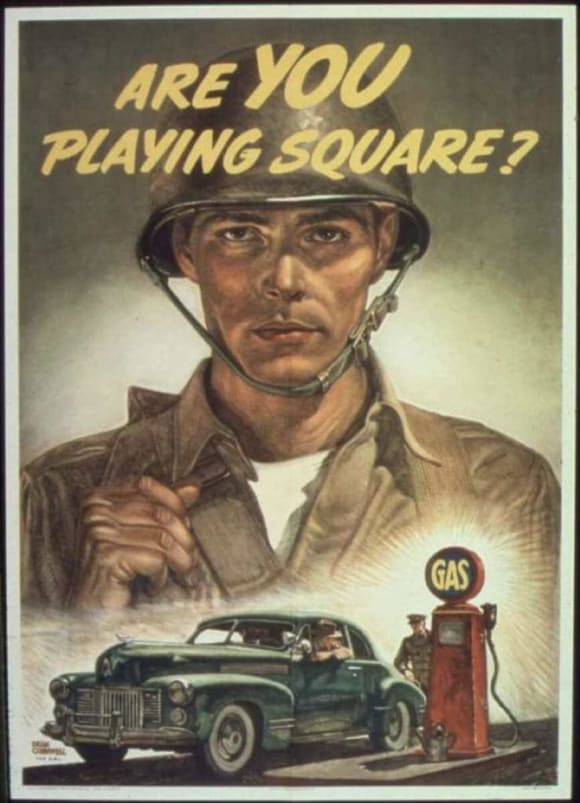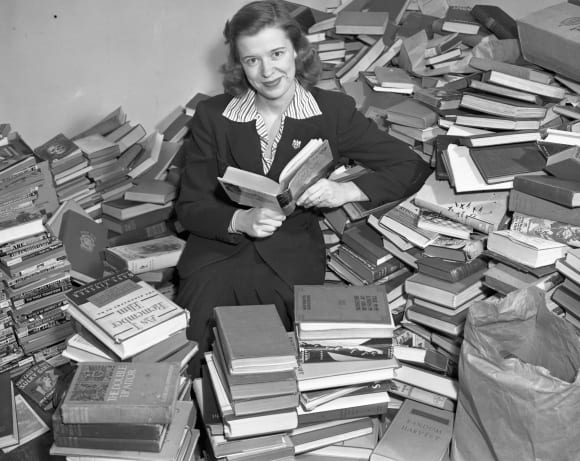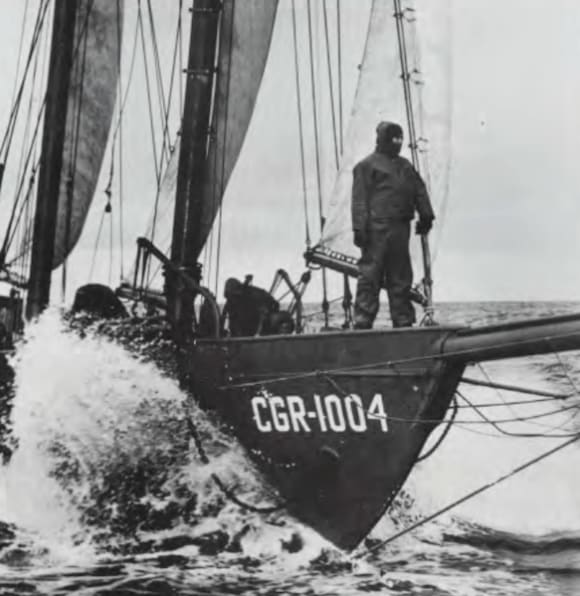The History Behind The Blackout Book Club
Fact: A lucrative black market sprung up around the rationing system, particularly for gasoline, sometimes employing former bootleggers. Patrick’s illegal operation was based on a real incident on the Atlantic coast where a ship carried double its allotted amount of fuel and was caught trying to sell the surplus to U-boat crews. Other acts of racketeering included forgery of ration coupons, theft of actual ration books from Office of Price Administration, and sale of clandestine slaughterhouse meat to consumers at sky-high prices. The government created propaganda campaigns appealing to people’s patriotism so they wouldn’t participate in the black market, but it was still estimated that up to 8% of civilian oil during the war was purchased illegally.

Fiction: While nursery schools and daycares did spring up all over the nation, there is no incident (to my knowledge) of a library being converted into one—although most of the centers did use makeshift, repurposed facilities like church basements or community centers. In late 1942, the Lanham Act, alluded to in the novel, allocated federal funds to create centers for the children of war workers. Nearly 600,000 children were enrolled in these new programs, though most ended abruptly when federal funds were withdrawn at the end of the war.
Fact: World War II was credited for helping to make America a nation of readers. Besides increased reading due to blackout regulations among civilians, publishing companies banded together to create an unexpectedly successful program giving away mass market paperbacks of new bestsellers and old classics to the troops. A Tree Grows in Brooklyn and The Great Gatsby were among its most popular offerings. Meanwhile, used books were given new life through the Victory Book Campaign. As in the novel, libraries often coordinated donations of used books to send to American troops. Rare books were also sold as fundraisers for the program. However, many people donated books that were in too poor condition to send on. In its first year, the VBC received 10,827,097 books, but had to discard nearly half of them.

Fiction: The foundry where Martina and Ginny work casting war materials is fictional, but nearby Bath Iron Works, mentioned in the novel, was real and built an astounding eighty-two destroyers during the war. The Maine Maritime Museum has some delightful displays on the history of this important coastal defense factory.
Fact: As Ginny’s family experienced, the Navy did take over private property through eminent domain on Long Island, Maine, as well as other islands in Casco Bay. You can read all about the experience of citizens on the island here.
Fact and Fiction: Rufus “Bud” Smith was the founder, organizer, and defender of the Picket Patrol/Corsair Fleet, affectionately (and sometimes not-so-affectionately) known as the Hooligan Navy. Ernest Hemingway, ever the outdoorsman adventurer, was one of the early participants, though it could be argued that his time at sea was spent doing more drinking than confronting U-boats. While the members of Russell‘s crew are fictional, all of their exploits really happened to Picket Patrol crews. To find out more about this unusual group and their short period of service, take a look at this video.


Wondering about a detail of The Blackout Book Club I didn’t mention here? Feel free to send me an email via my Contact page, and I’ll let you know what’s fact and fiction.